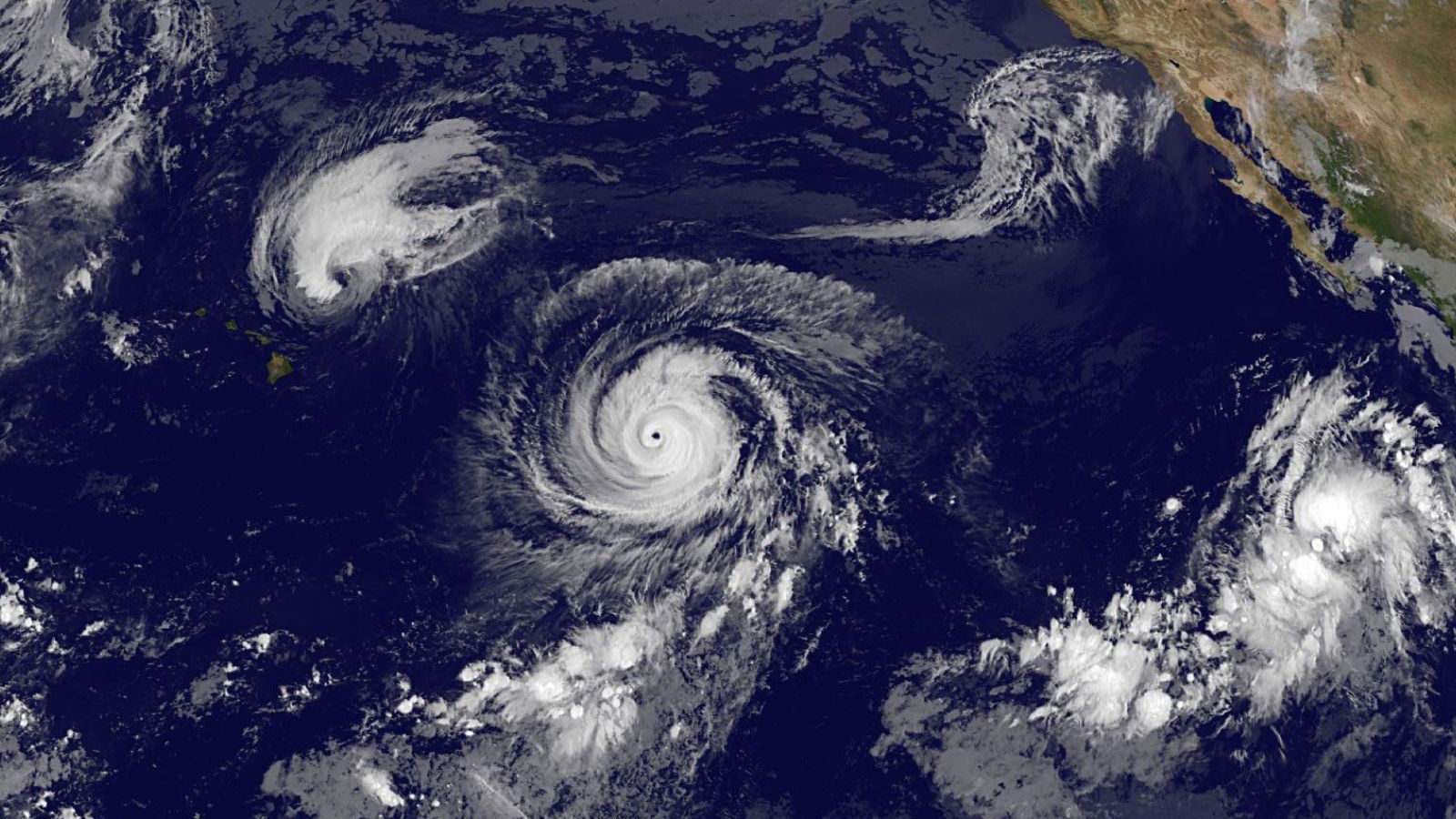Tropical cyclones in the north Atlantic and east Pacific oceans are called hurricanes. In the northwest Pacific Ocean, they’re called typhoons.
“And then in other basins, such as the southwest Pacific and near Australia, they’re oftentimes just simply referred to as cyclones,” says Kevin Reed, an associate professor at Stony Brook University.
He says ultimately, they are all the same thing.
“In all cases, they are cyclones that are centers of low pressure that form over tropical oceans and produce high winds, a lot of rainfall, and are rotating – hence the name cyclone – in a way that produces very strong storm surge as well,” he says.
And as the climate warms, many of these cyclones are getting stronger.
“The warmer the ocean temperatures are, the stronger individual storms can get, and also the more rain that can fall, and this is well known whether you’re in the North Atlantic or you’re in the South Pacific. And so that is a commonality across the world in terms of climate change,” Reed says.
So he says it’s important that all countries work to reduce carbon pollution. And coastal communities everywhere should prepare for more extreme cyclones — no matter what they’re called.
Reporting credit: ChavoBart Digital Media
Source link


